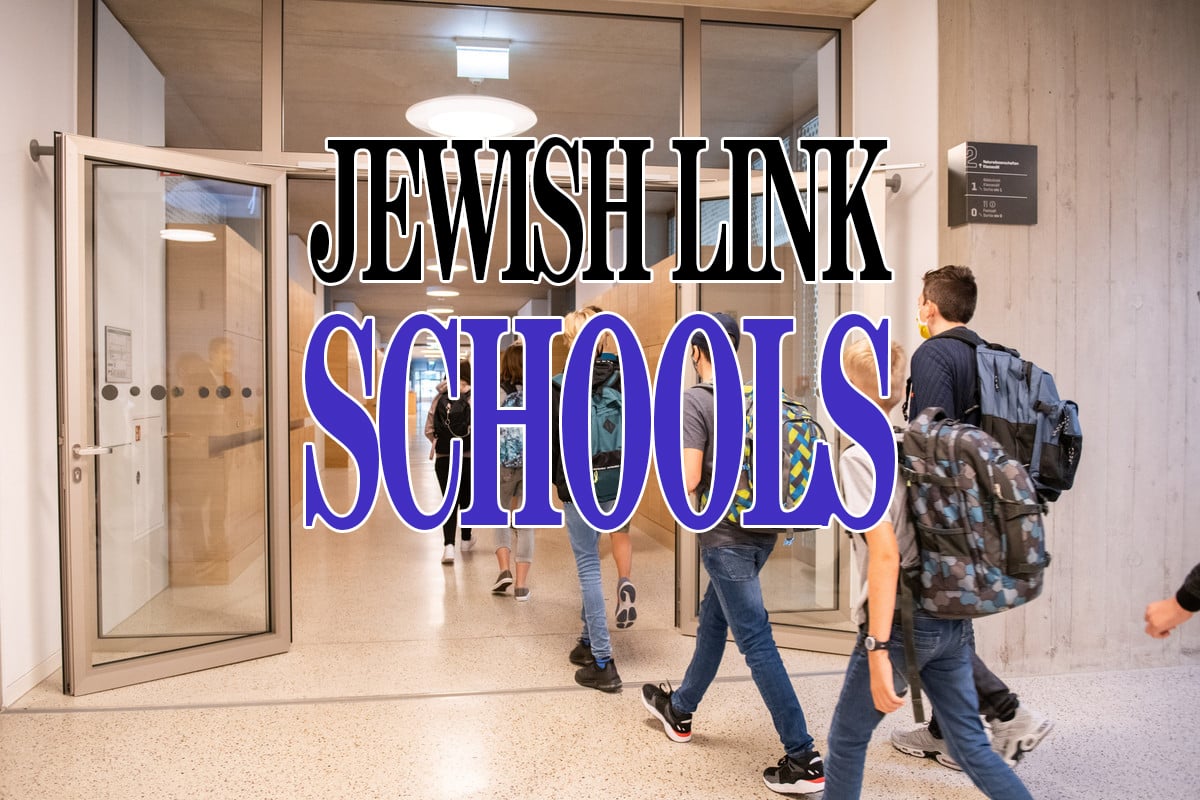As high frequency words are the most commonly occurring words in texts, there is a strong focus on teaching them in the early grades. As children develop their decoding skills and begin to read more difficult texts, the language between the high frequency words becomes the focus.
Teaching vocabulary, as well as strategies to infer meanings of new words, is an integral part of reading lessons. One wonderful thing about young children is their honest curiosity; they are fearless when it comes to inquiring about an unknown word. In the classroom, new vocabulary often comes up during a read aloud. A common technique that teachers use—and can be used at home as well—is “dramatizing.” When you come across a new word, first ask if the listener has heard the word before and if s/he knows a synonym for it. Contextualize it by rereading the sentence in the book and looking for clues in the text and illustrations. Finally, make up another sentences or short paragraph to further contextualize the word. When we do this in the classroom, the students are involved in the discussion and we can develop a list of synonyms together. We can then look for opportunities to use the new vocabulary words in other situations, and encourage the students to use them in their speaking and writing.
Giving children the opportunity to explore and discover new vocabulary, as well as the strategies to do so, will help make them independent thinkers and problem-solvers, both in the classroom and beyond.
Amanda Pransky is a first grade general studies teacher and the Blended Learning Coordinator at Yeshivat He’Atid in Bergenfield, NJ. She holds a dual Masters in Education and Special Education.
By Amanda Pransky











